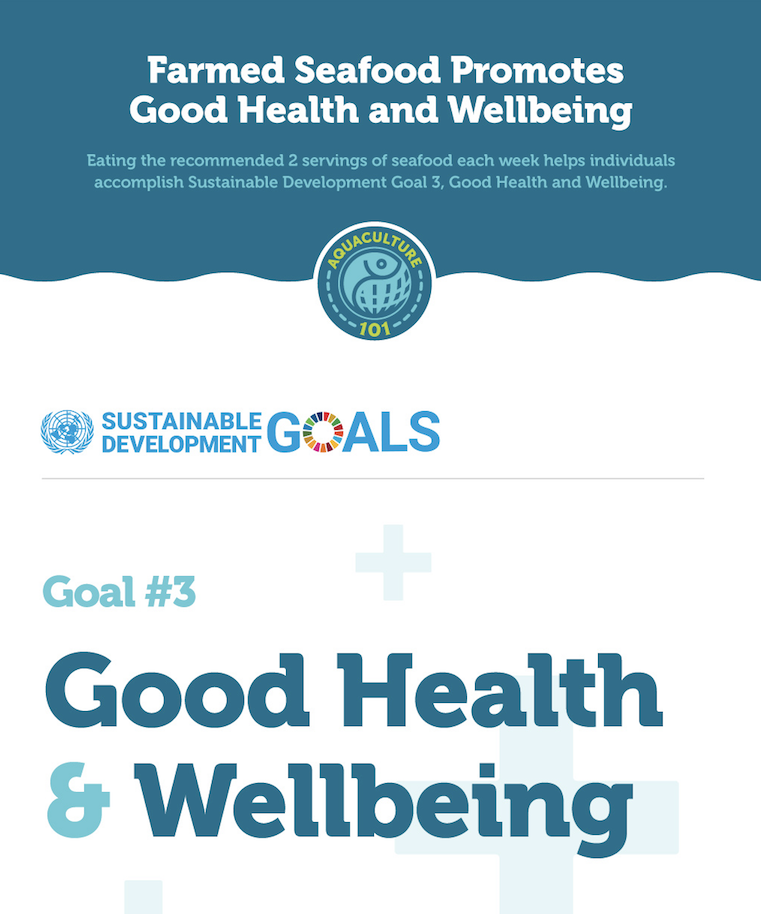Farmed Seafood Promotes Good Health and Wellbeing
 Editor’s note: Aquaculture 101 is a Global Seafood Alliance campaign designed to educate the public about the basics of aquaculture, to disseminate information in a digestible way. The campaign dispels myths and gives facts about the promising future of the industry. In 2020, the focus of Aquaculture 101 is on the alignment of aquaculture with the United Nations Sustainable Development Goals (SDGs). Each month we will delve into one of the SDGs and explore how aquaculture relates. Check out the hashtag #Aquaculture101 on social media for more information.
Editor’s note: Aquaculture 101 is a Global Seafood Alliance campaign designed to educate the public about the basics of aquaculture, to disseminate information in a digestible way. The campaign dispels myths and gives facts about the promising future of the industry. In 2020, the focus of Aquaculture 101 is on the alignment of aquaculture with the United Nations Sustainable Development Goals (SDGs). Each month we will delve into one of the SDGs and explore how aquaculture relates. Check out the hashtag #Aquaculture101 on social media for more information.
Background of SDGs
In 2015, United Nations (UN) member states convened and agreed upon 17 goals known as the Sustainable Development Goals (SDGs). These goals are designed to guide citizens of the planet in a direction that will support future generations of people and animals to live and meet their respective needs in the face of a changing climate. The UN describes the SDGs as “an urgent call for action by all countries — developed and developing — in a global partnership. They recognize that ending poverty and other deprivations must go hand in hand with other strategies that improve health and education, reduce inequality and spur economic growth — all while tackling climate change and working to preserve our oceans and forests.”
What does this goal mean? Why is it important?
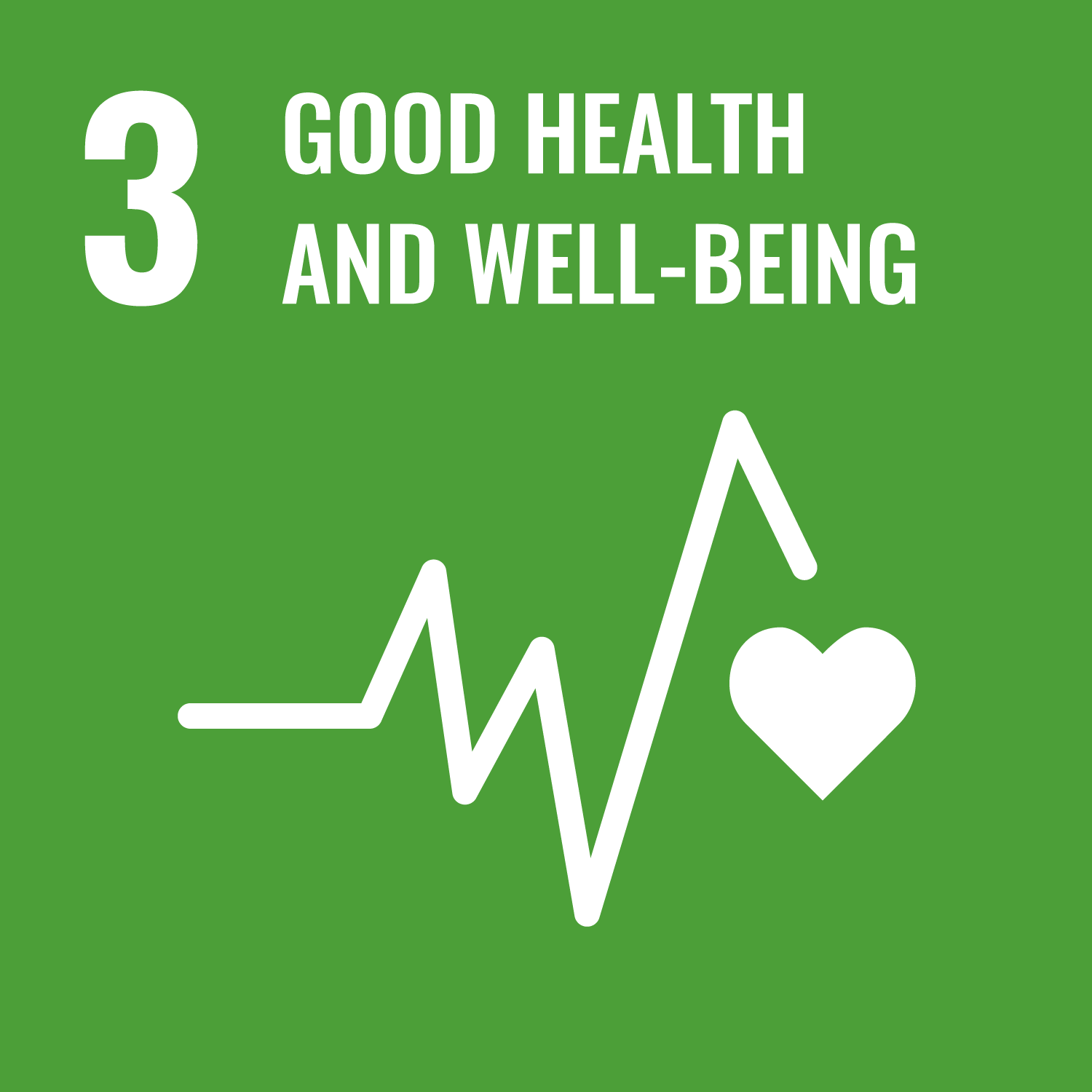
The third SDG is good health and wellbeing for all, at every stage of life. This goal aims to address all health priorities including disease, reproductive health, universal health coverage, and access for all to safe, effective, quality and affordable medicine and vaccines. Nutrition and diet fall into this category. These components of health have a very close relationship to farmed seafood.
This goal is important because roughly 20 percent of the world’s population does not get proper nutrition. Every year, about 11 million deaths globally are linked to bad diets. Those numbers are staggering. To do your part in helping those numbers decrease, keep reading.
How does aquaculture measure up?
The U.S. Food and Drug Administration (FDA), for example, recommends people to eat two servings of seafood each week to maintain a healthy diet and ensure consumption of proper nutrients. Fish is packed with nutrients many people are lacking — high quality protein, iodine, vitamin D, omega-3 fatty acids, and minerals, to name a few. Given all of these benefits, eating seafood regularly can improve heart, brain, eye and muscle function. Omega-3 fatty acids in seafood can reduce cholesterol, arthritis and inflammation in the body, and reduce the risk of heart attacks.
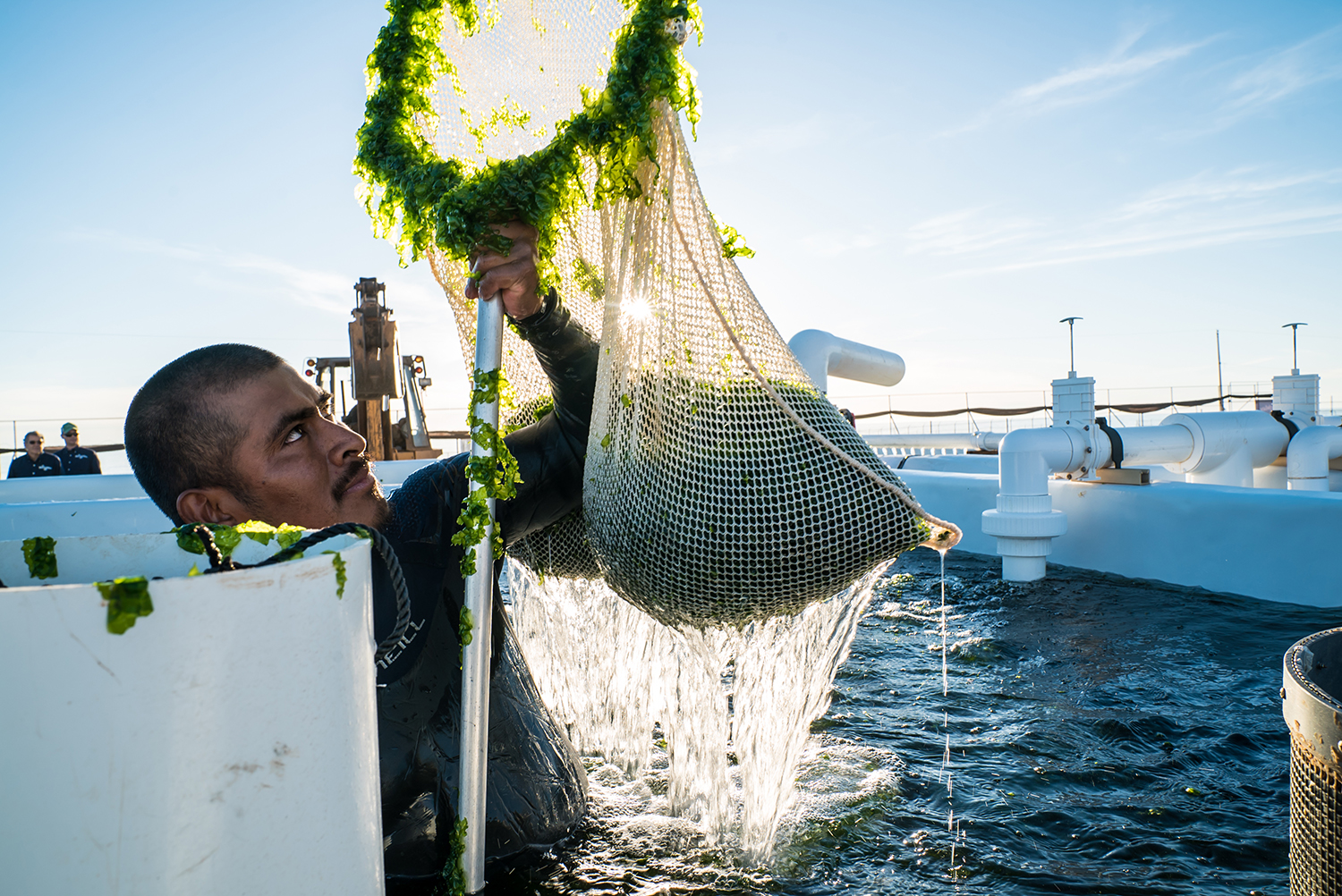
The nutrition quality of seafood largely depends on what the fish itself eats during its lifetime. Fish in the wild eat natural, wild diets, depending on food sources available to them in their ecosystems. Wild seafood is incredibly nutritious, and it tends to be slightly lower in saturated fat than farm-raised seafood. However, given that farmed seafood is fed feed that is specifically made to be as nutritious as possible for the fish and for the eventual consumer, farmed fish can be slightly higher in omega-3 fatty acids.
Our Education FAQ page has in-depth information about specific questions you might have about variables involved with the practice of aquaculture, such as environmental impact, food safety and animal welfare. Unfortunately, myths about farmed seafood circulate regularly — check out our blog post about why we should be eating more, not less farmed seafood.
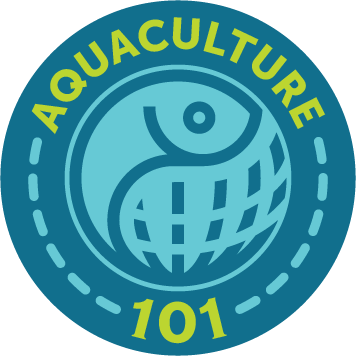 Furthermore, a large contributing factor to malnutrition is lack of economic opportunities. When people don’t have jobs or income, nutritious food can be hard to come by. Aquaculture can contribute to this by creating jobs in rural areas for all people. For example, in the Mwenezi district of Zimbabwe, the availability of employment was declining due to climatic changes. NGOs stepped in to promote and implement fish farming in the communities, which then not only increased food security, but also created jobs, increased household income and generated local support.
Furthermore, a large contributing factor to malnutrition is lack of economic opportunities. When people don’t have jobs or income, nutritious food can be hard to come by. Aquaculture can contribute to this by creating jobs in rural areas for all people. For example, in the Mwenezi district of Zimbabwe, the availability of employment was declining due to climatic changes. NGOs stepped in to promote and implement fish farming in the communities, which then not only increased food security, but also created jobs, increased household income and generated local support.
Want to improve your nutrition? Try out Best Aquaculture Practice’s shrimp taco boat recipe (spoiler alert: it’s delicious)!
How does GSA help?
GSA’s priority is to encourage seafood consumption globally, as well as helping people feel comfortable and confident in purchasing farmed seafood. Promoting farmed seafood and seafood as a whole does and will continue to increase global health and wellbeing.
What can you do?
- Be aware of the nutrition content of the food you are eating. Are you eating enough protein, carbohydrates and fat?
- Ensure that you are taking care of your body. As you are able, regularly check in with your physician about your health.
- Try out some seafood recipes!
Conclusion
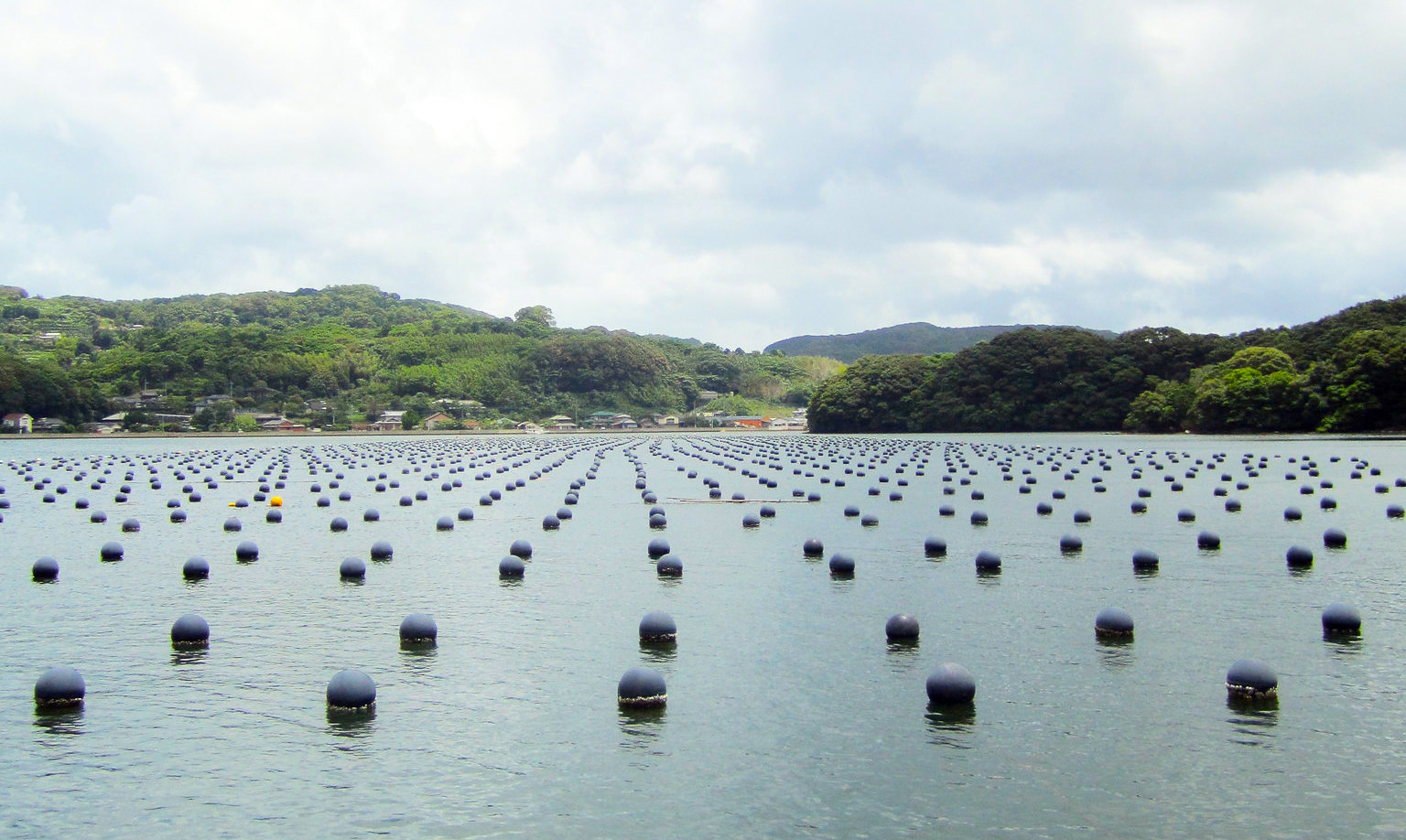
Farmed seafood provides people with a plethora of health benefits, and the industry of fish farming can provide jobs and income to those who need money to buy nutritious food. If the third SDG of good health and wellbeing is to be realized, widespread seafood consumption must be a part of the solution.
Read more of our Aquaculture 101 series and check it out on social media with the hashtag #Aquaculture101!
View the full Farmed Seafood Promotes Good Health and Wellbeing infographic.

